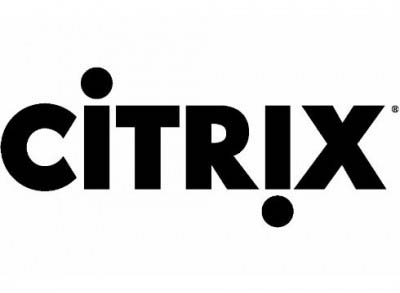Citrix finds EMEA growth in spite of troubled economy

Christian Partarrieu, director, channel sales and marketing EMEA explains
Despite the continued economic nightmare since the initial financial collapse in 2008, according to Citrix, it and its partners are doing rather well, which is similar to what we heard at the Canalys Channels Forum last week.
Speaking at a roundtable event to discuss Citrix’s Channel Index 2012, Christian Partarrieu, director, channel sales and marketing EMEA was quick to highlight the company’s impressive growth over the last year. Opening by recognising Europe’s tough economic conditions, Partarrieu said that despite the situation not being the easiest, the report “finds a large percentage of our partners are experiencing double digit growth”, a “tremendous result”.
The two tendencies that are working primarily for Citrix are mobility and the move to the cloud, which are further backed up, Partarrieu says, by the Channel Index and the first half 2012 results. “We’ve had 29 percent growth in total bookings,” Partarrieu said. “We also had a 67 percent bookings growth on our desktop virtualisation business – this is huge, and then in terms of our networking business, we’ve had 60 percent growth”.
Channel Index 2012 highlights that over the last year, the demand to support workshifting has grown over ten percent. Over 50 percent of respondents said that they need that infrastructure. According to the company’s partners, the top drivers for their customers in workshifting were increased productivity, cutting down on office, travel and labour costs, as well as attracting, retaining, and motivating the best staff. Of those that regularly workshifted, the top category was for mobile workers, followed by home workers, freelance or temporary workers, task orientated workers, and office based knowledge workers, respectively. Virtualisation too has gone from “strengh to strength”, according to the report, with the top reasons for sing the technology as access to files from any location, a reduced total cost of ownership, faster desktop deployment, and improved management and control of desktop estate.
The top priority currently for Citrix, ergo many of its partners, is mobility, Partarrieu said, particularly as the adoption rate continues to swell. By 2015, Partarrieu noted that the adoption rate will grow fourfold.
Responding to ChannelBiz UK, which asked how much of Citrix business wins are taken from VMWare, Partarrieu said: “We are the leaders in desktop virtualisation – in EMEA in desktop virtualisation it is 46 percent, we are leading by far”.
“We have a 55 percent worldwide share in desktop virtualisation,” Partarrieu said. “What is interesting is, if you look at the growth rates predicted in that market, Citrix is growing much faster than the market – this for us and our partners is a tremendous opportunity”.
Why then is Citrix is performing so well, as the report boasts, despite the economic climate? “If you see the installed base and you see what the technology brings, it is a no-brainer,” Partarrieu he said. “It’s a straight forward game in terms of speed, quality, and what it brings. The integration of the value proposition speaks for itself”.